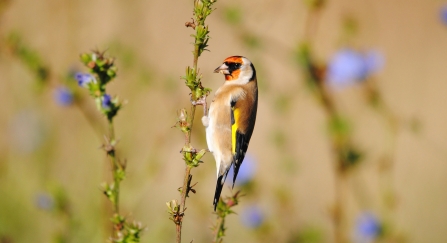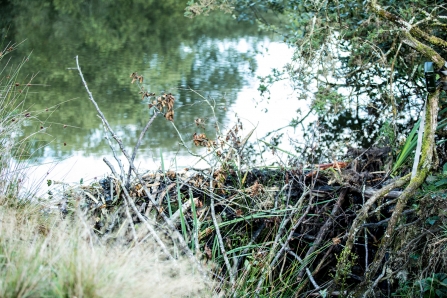How’ve you found the last few months?
Honestly? I feel that I’ve had so many different emotions that I can’t give a straight answer. There was a lot of anxiety as it became clear we were following other countries and heading into lockdown. It just seemed like a curveball that came out of nowhere and, like a lot of people, it’s affected my children, work and home. It all felt so uncertain – we just didn’t know how things would be without all the structures, routines and familiarities that hold our lives together.
But actually, once we entered lockdown, I appreciated the daily rhythm. I slowed down and noticed just how quiet the human world had become. And it was almost instant. One day I opened the window, heard silence except some bird song and thought ‘Wow. That’s how the world should sound’. It was really reassuring and made me feel safe. While our world may have been turned upside down, the wider natural world kept on turning.









